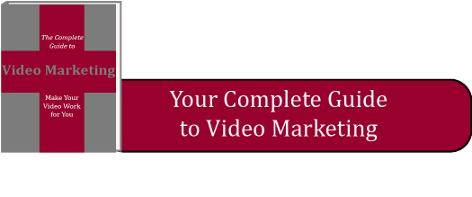Not every visitor to your website is at the same stage in their journey. In fact, given the variety of keywords, you might appear for it’s impossible to know all of the different paths a potential buyer is using to get to you.
When you add-in social media or direct search, you have even more variants to your possible visitor’s stages.
The problem is that if you have a newer website or don’t have a variety of content, you might not be able to tell your visitor’s stage. This includes premium website content, which is a downloadable piece of content for your visitors.
However, if you have pages that detail how you can help your prospect’s journey, it will be more beneficial to you and your sales team in the long run because you will not only be garnering leads but you will know where they are in their journey.
If you know where a lead is in their path, then you know what the next step should be. If a buyer is early in their process, you can send them supporting literature. If they are in the decision phase, you might want to reach out directly.
A central part of inbound marketing is offering premium content to your potential buyer to generate better leads for you.
Awareness:
This is the first step of their journey. They have a problem and are casting about for a way to fix it. For instance, let’s say that you are an insurance company. Your salespeople say that they need better leads for your new “Plan A Product.”
What is the solution? I would suggest adding content creation as a part of your inbound marketing process.
You need potential buyers who are looking for the solution that “Plan A Product” solves.
Content Creation: For the awareness stage, you want to start with creating educational blog articles that fulfill that part to your buyer’s stage. At the awareness stage, you are not going to sell anyone so why try? All you want is to help your potential customers and show that you are a thought leader.
Also, you might want to incorporate premium content. Perhaps eBooks and whitepapers.
Our primary goal for this part of the journey is to make it less sales-y and more educational. People want your help, so help them.
Consideration:
At this stage, your potential buyer has committed to finding a solution to their problem. They know that they have a problem and that there may be a few ways of solving said problem.

Let’s say you offer automated material handling. While there are a variety of means to address the puzzle of distribution, your challenge is to present the benefits of your solution.
Content Creation: For this stage of the buyer’s journey, you might consider premium content that provides a comparison between a few different solutions.
One of our clients who offers an automated material handling solution has a video that directly compares the difference between automated picking and manual picking.
It directly shows the difference and how automated saves you money in the long run with space, accuracy, and labor.
Decision:
You have a prospect that knows they have a problem and knows in a general way what solution they need. At this point, while you still need educational content you also need content that is edging more towards a sales feel as opposed to purely educational.
Content Creation: In this decision stage you might want to look at more content that directly supports your production color solutions. In this phase, you are likely to use case studies, or product services literature.
If you can offer a product demo that might also be helpful for your prospects.
As we know, buyers go through a lot of the buyer’s journey before they even contact any partners or vendors. To be part of the decision you need to have good, engaging premium content for potential buyers.
Want to get templates to produce your e-books? Download 5 Free Ebook Templates

